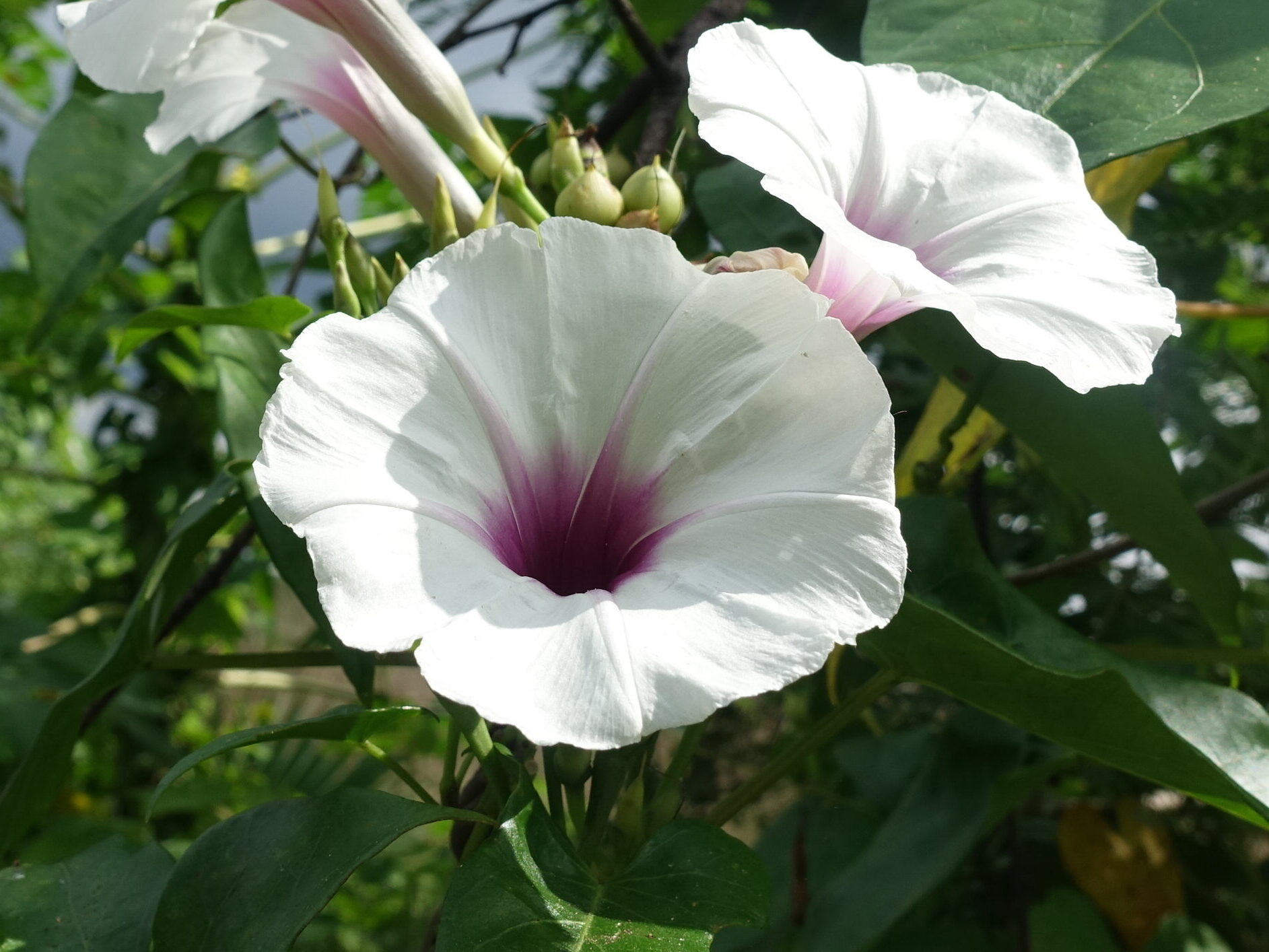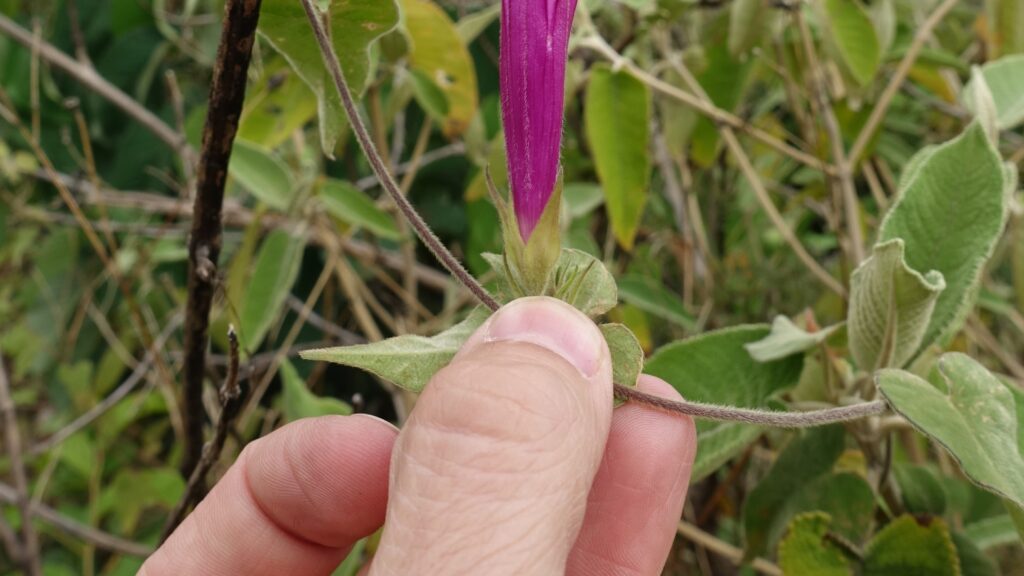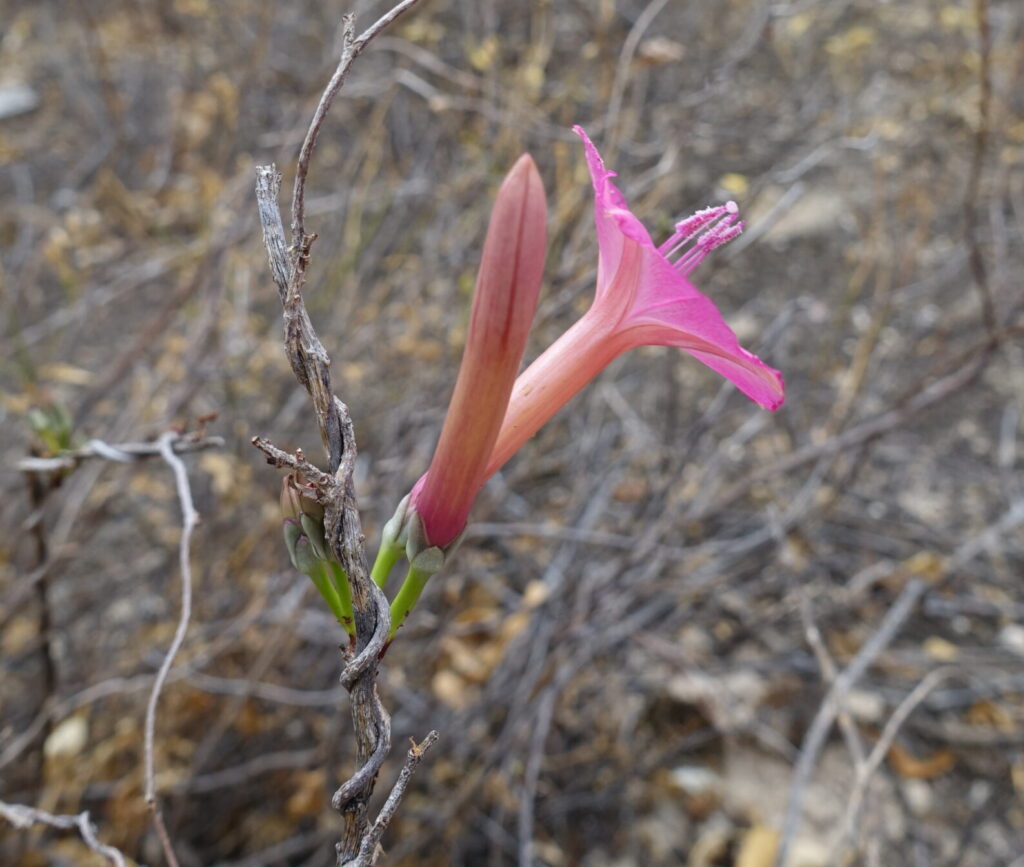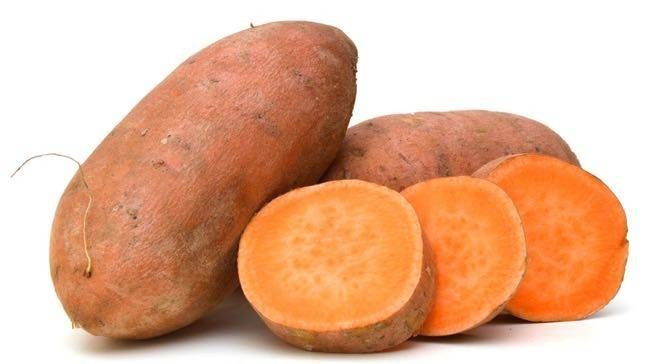Exploring Ipomoea diversity through taxonomy, systematics, and evolution.

Resources
Tools and resources to help identify Ipomoea samples and species using either morphological or molecular data.
Identification keys
- By country or region
- By clade
- General key (American species only)


Molecular data
- Comprehensive phylogenies
- Primers for Sanger sequencing
- Blast analysis
The genus
Carl Linnaeus described the plant genus Ipomoea and seventeen species in the first edition of his Species Plantarum, in 1753. Since then, more than 3,000 names associated with the genus have been published, making Ipomoea the largest genus in the family Convolvulaceae.
Ipomoea includes herbs, shrubs, lianas and trees and is present in all tropical and subtropical regions of the world, from sea level to 4,000 meters and from tropical rain forests to semi-desert coastal environments. The genus is also present in other more temperate regions as far North as Canada and several widespread species have a worldwide distribution. Around two thirds of the c. 810 recognised species are distributed in the Americas and the other third in the Old World.
Two species have global importance as crops: the sweet potato, Ipomoea batatas (L.) Lam., and the kang-kong or water spinach, I. aquatica Forssk. Several species are cultivated in gardens —the group is commonly known as morning glories— and some species have become invasive, for example I. cairica (L.) Sweet, I. indica (Burm.) Merr. and I. purpurea (L.) Roth. In addition, multiple studies have identified anti-tumorous properties of different compounds obtained from Ipomoea leaves and roots.
In this project, we treat Ipomoea as an expanded, monophyletic genus, incorporating several smaller genera in the tribe Ipomoeeae previously considered independent. These include Argyreia, Astripomoea, Blinkworthia, Lepistemon, Lepistemonopsis, Rivea, Stictocardia, and Turbina. [Read more about our approach here.]

